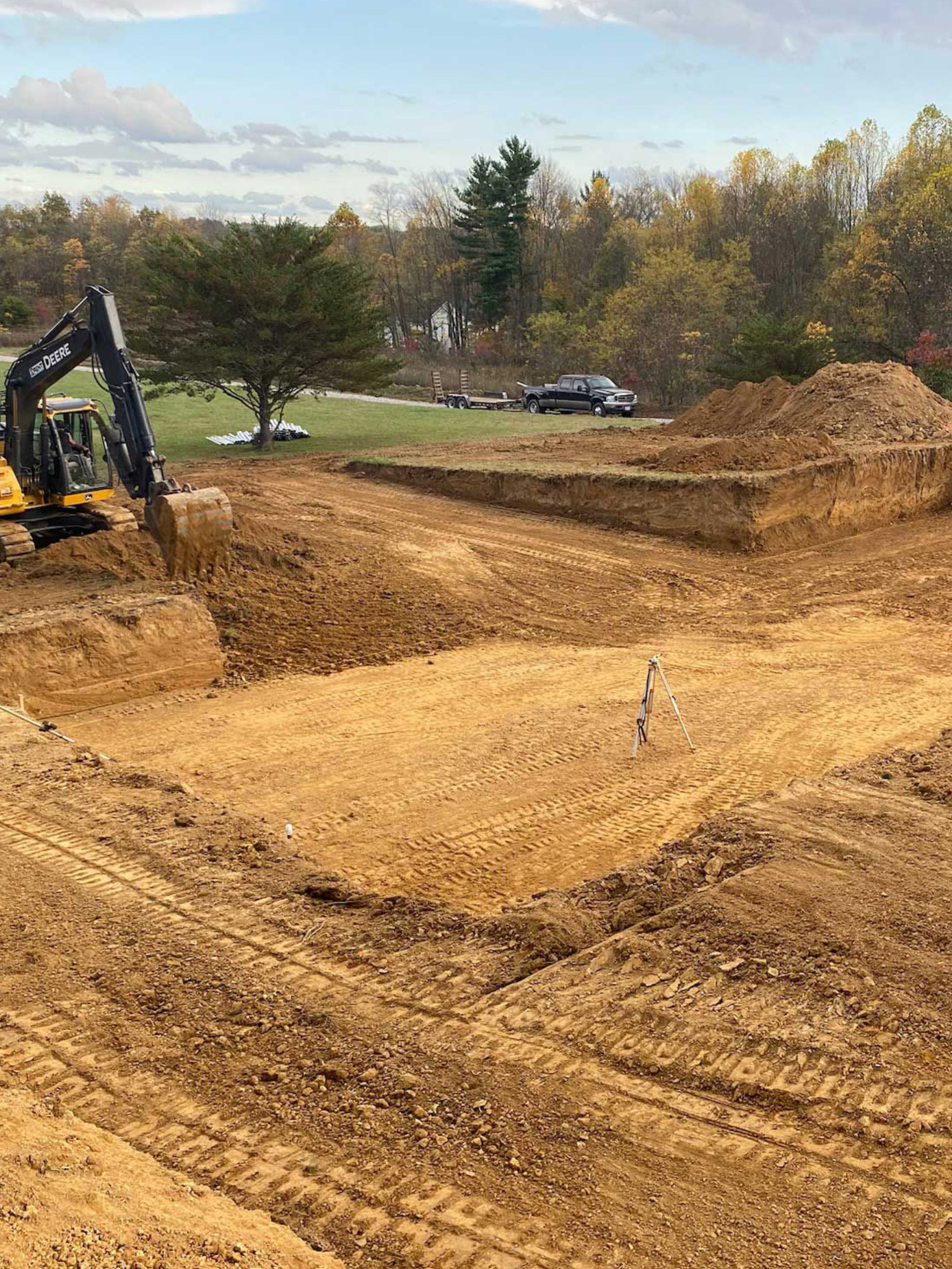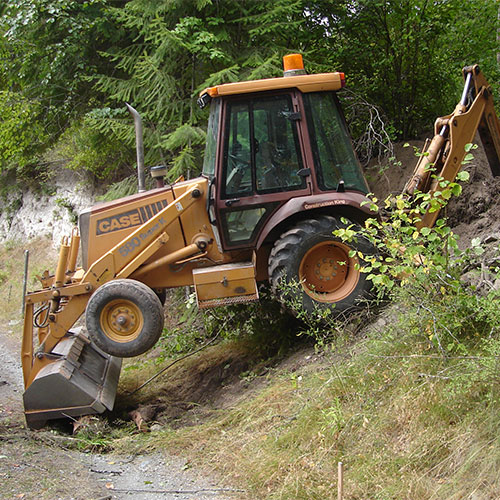Lancaster Excavation - Specialist Excavation Solutions in Lancaster, OH
Lancaster Excavation - Specialist Excavation Solutions in Lancaster, OH
Blog Article
In-Depth Expedition: The Science Behind Superior Excavation Practices
The realm of excavation techniques is a domain name where science intertwines with workmanship to unearth the secrets hidden beneath the earth's surface area. From ancient hand devices to modern-day hydraulic excavators, the evolution of excavation techniques has actually been a testament to human ingenuity and technical advancements. However, what absolutely establishes exceptional excavation techniques apart is a deep understanding of geological principles, paired with the use of innovative tools and approaches. By exploring the scientific research behind these practices, we can discover the tricks that exist below our feet and appreciate the accuracy and experience that go into every dig.
Evolution of Excavation Techniques
Throughout history, the evolution of excavation strategies has played a critical role ahead of time construction techniques and historical explorations. From the fundamental devices made use of by our forefathers to the sophisticated equipment used in modern times, the progression of excavation approaches has actually significantly transformed just how we come close to numerous projects.
In old times, manual work with basic devices such as wheelbarrows, pickaxes, and shovels was the key approach of excavation. This labor-intensive process restricted the deepness and scope of excavations, often causing slow progress and limited accessibility to certain websites. As people progressed, so did the devices and methods used for excavation.
The Industrial Transformation noted a transforming point in excavation techniques with the introduction of steam-powered equipment. In modern times, technology plays a pivotal function in excavation, with advancements like General practitioner systems, drones, and 3D scanning boosting precision and effectiveness in the area.
Function of Modern Technology in Excavation

The assimilation of advanced innovation has actually fundamentally changed the field of excavation, enhancing precision and efficiency to extraordinary levels - excavating ohio. One of the key technological developments that has substantially affected excavation techniques is the application of GPS systems.
In addition, the advent of 3D modeling and simulation software application has streamlined the planning procedure for excavation tasks. Drivers and designers can now imagine the entire excavation process prior to damaging ground, determining prospective obstacles and maximizing process. In combination with this, the application of drones in excavation activities has actually assisted in aerial surveys, volumetric measurements, and site examinations with unparalleled rate and accuracy.
Geological Principles in Excavation
An understanding of geological concepts is necessary for guaranteeing the architectural integrity and security of excavation sites. Geological aspects play a critical role in figuring out the usefulness and safety of excavation tasks (lancaster trenching). One vital geological principle to consider is the type of dirt or rock present at the site. Various Learn More Here soil types, such as clay, sand, or gravel, have varying degrees of security and call for different excavation methods. Natural dirts like clay may require extra assistance to stop collapses, while sandy soils might be susceptible to erosion during excavation.
By performing comprehensive geological surveys and analysis, engineers and excavators can create methods to mitigate risks and make sure the effective completion of excavation jobs. Inevitably, integrating geological principles right into excavation practices is important for attaining safe, reliable, and lasting results.

Newest Tools for Excavation
In the world of excavation techniques, contemporary advancements in tools have actually transformed the efficiency and accuracy of excavation procedures. One of the latest devices making waves in the sector is making use of drones equipped with innovative imaging modern technology. These drones can look at here now supply comprehensive aerial surveys of excavation websites, supplying real-time data on topography and possible hazards. This info aids in far better planning and decision-making throughout the excavation procedure.
Another cutting-edge tool gaining popularity is the execution of 3D printing innovation for developing customized excavation equipment. This permits the production of specialized tools that are customized to the particular demands of a job, boosting performance and decreasing downtime.
Furthermore, improvements in products scientific research have led to the development of more powerful and much more resilient excavation devices. lancaster trenching. Tungsten carbide-tipped excavator attachments, for instance, deal exceptional efficiency in tough ground problems, boosting performance on-site
Science's Impact on Excavation Practices

Moreover, developments in products scientific here research have resulted in the production of stronger, extra long lasting excavation tools and devices. The use of composite products in miners and shovels has improved their efficiency and longevity, inevitably raising efficiency on excavation sites. Furthermore, clinical research on soil technicians and geotechnical design has offered useful insights into soil actions, permitting excavation professionals to make informed choices concerning excavation approaches and dirt stabilization techniques. In general, scientific research remains to drive development and renovation in excavation methods, making excavation projects a lot more effective, economical, and lasting.

Conclusion
Finally, the evolution of excavation strategies has been substantially influenced by improvements in modern technology and a much deeper understanding of geological principles. The most current devices and devices utilized in excavation have actually enhanced efficiency and precision in the field. The application of scientific knowledge has actually significantly improved excavation methods, leading to extra efficient and sustainable approaches for excavating numerous kinds of products.
In the realm of excavation methods, modern advancements in tools have changed the effectiveness and accuracy of excavation procedures. By leveraging scientific principles, the excavation industry has actually been able to considerably improve performance, accuracy, and security in excavation procedures. GPR enables excavation teams to non-invasively scan and map subsurface frameworks, utilities, and prospective threats, allowing them to plan excavation projects with better accuracy and decreased risk of accidents.
In addition, clinical research study on dirt auto mechanics and geotechnical design has actually provided valuable understandings right into soil habits, permitting excavation experts to make informed decisions pertaining to excavation techniques and dirt stablizing techniques. Overall, science continues to drive innovation and enhancement in excavation techniques, making excavation tasks more effective, cost-efficient, and sustainable.
Report this page